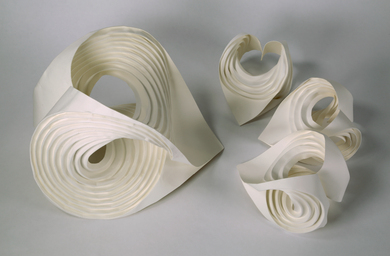
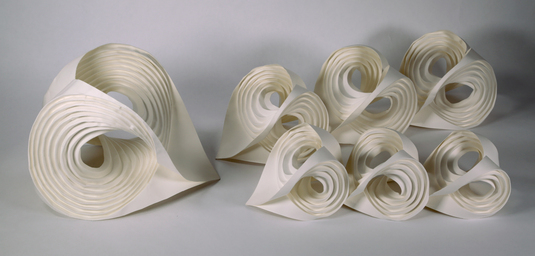

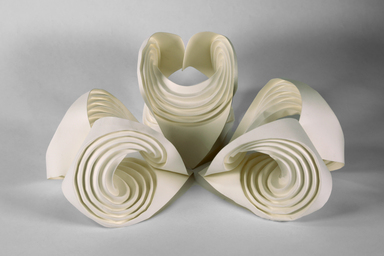
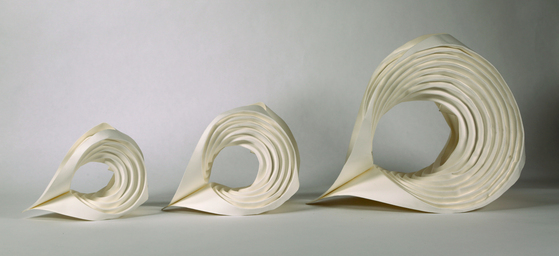
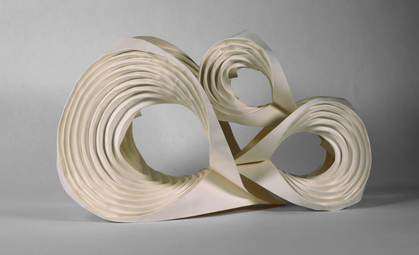
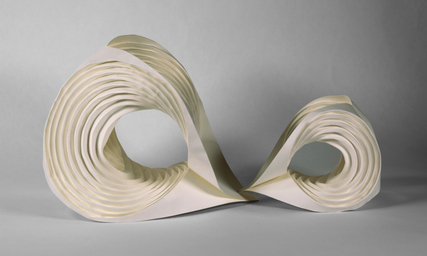
Some of the pieces below exhibited at a show “Put a Wedge In It” at Affinity Gallery in Saskatoon, Saskatchewan, on January 10–February 22, 2014.
The show featured 20 artists with their take on wedges. The invitation from Michael Hosaluk to participate read: “We primarily think of a wedge as a piece of material, such as metal or wood, thick at one edge and tapered to a thin edge at the other for insertion in a narrow crevice, used for splitting, tightening, securing, or levering, but... Wedges evolved on their own long before people. The origin of the wedge is unknown. They were primarily wedgetarian but later evolved to be wedgevores. How fast does a wedge move? Wedges can be lazy and they often need a little push to get started. Smaller angle wedges seem to move faster with a push than the older 'fatter' wedges.”
Given Saskatchewan's propensity for dinosaur fossils, we imagined a new discovery of skeletons of the elusive wedgesaur: